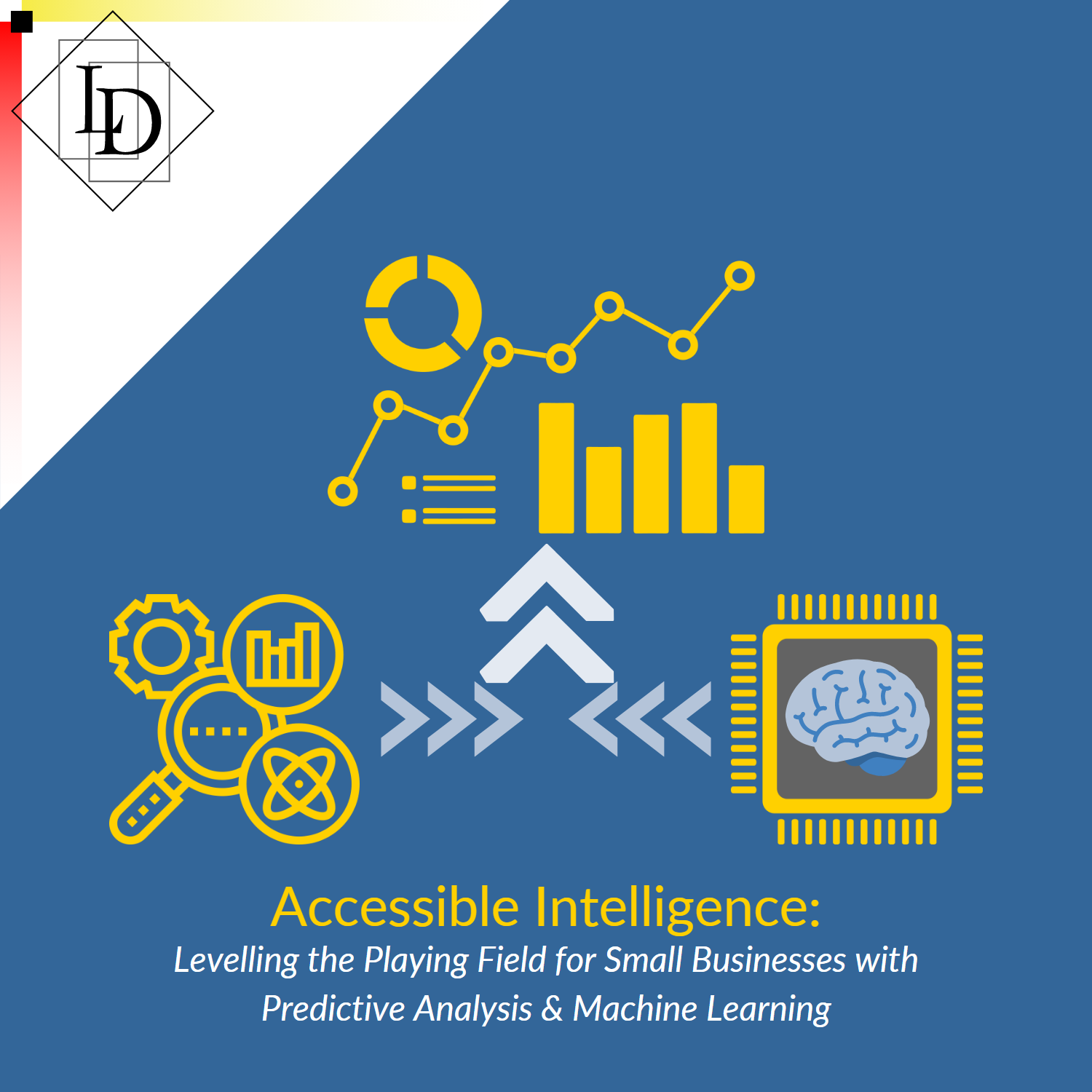
Predictive Analysis & Machine Learning
At Logical Developments, we write software which bridges the gap between the modern world and the data it runs on. Whether it’s ConNote for transport, DataCare for manufacturing, or Payroll for HR, just to name a few examples, our software is designed to simplify the countless interactions that link data to real human actions. We’re always looking to improve the tools that we provide our clients, and one of the biggest things on our radar right now is predictive analysis.
In a nutshell, adding predictive analysis capabilities to the PostgreSQL databases our software runs on would provide our clients with the power to identify trends and patterns in data to help them make more informed decisions. For example, a company might use predictive analysis to forecast sales trends, identify customer preferences, or predict demand for certain products. With the ever-increasing amount of data being generated by businesses, it is becoming ever more important to quickly and accurately analyse this data to make informed decisions.
The use of statistics in such analyses is nothing new, however by providing automated analytics within our software, we can save a lot of time for business analysts. These tools can handle large datasets, manage complex queries, and generate reports efficiently. With these tasks taken care of, analysts can focus on more strategic work – such as interpreting the results to make informed decisions and recommendations. Again, this isn’t particularly groundbreaking, but still incredibly useful.
With the advent of machine learning, we now have access to another extremely powerful tool. AI powered analyses are capable of finding patterns and relationships where humans may have great difficulty, can quickly operate on large, complex datasets, are able to adapt to new data, as well as being capable of self-improvement. The “catch” is that such models require training, fine-tuning, and technical expertise to implement and maintain – meaning in-house solutions are out of reach for most small to medium businesses.
We envision automated tools which combine the best of both worlds – the mathematical rigour of statistical analysis together with the self-improving power of machine learning. PostgreSQL, which is our database of choice, provides native support for many complex statistical functions, as well as the ability to install extensions. With our expertise, we can train and fine-tune the ML models, removing the accessibility barrier to our clients. The result: a comprehensive tool-kit to empower businesses to become more agile, efficient, and innovative.
This is a glimpse into the early stages of this project, and we’d love for our clients to have a voice in how these tools take shape. Whether you’re an existing or previous client, a business owner or an analyst, or simply someone who takes an interest in software development for businesses, we’d love to chat. You can find our contact details on our website.